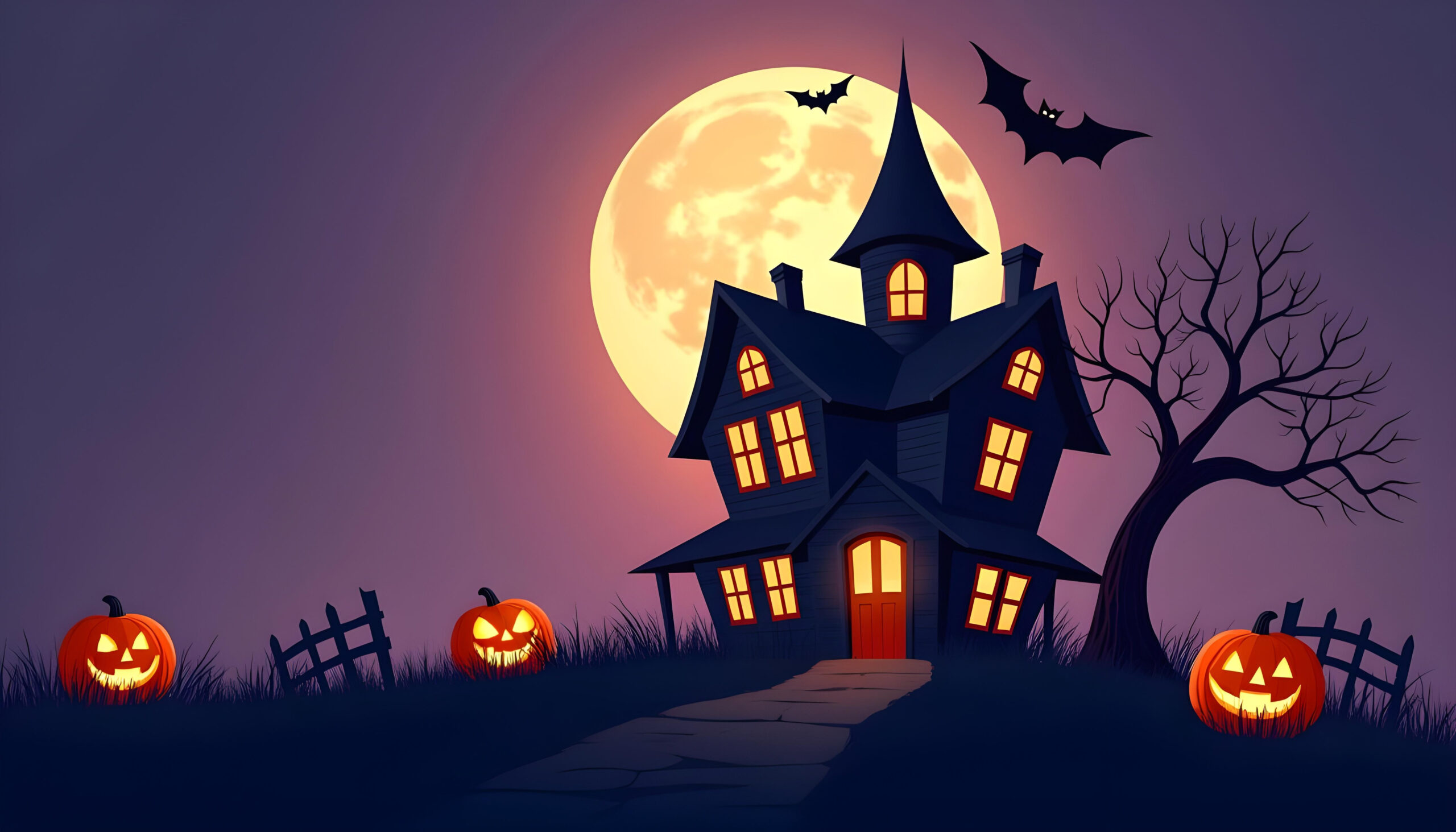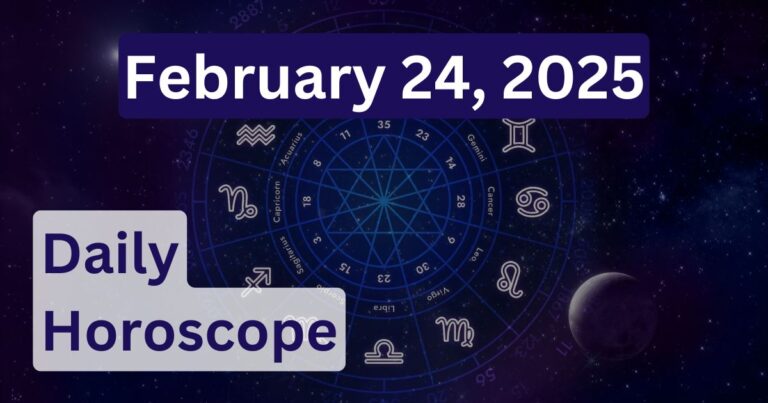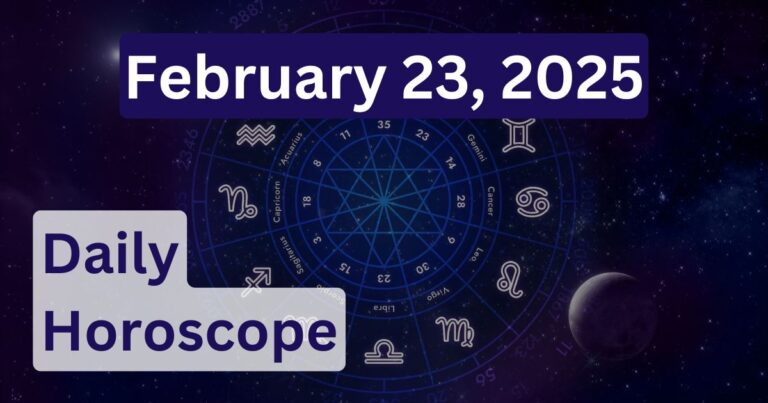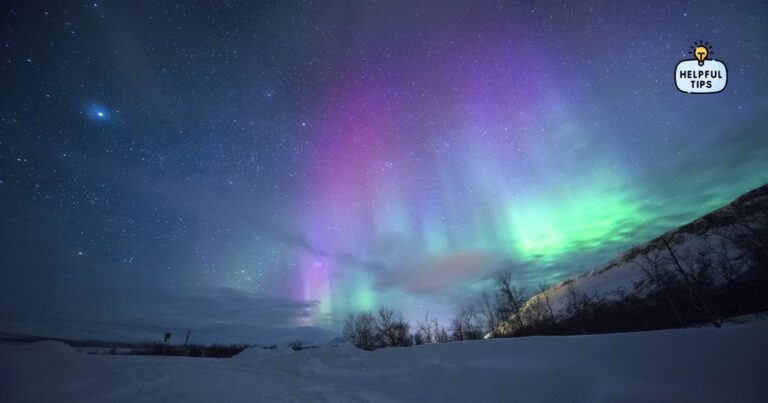
Halloween is one of the most widely celebrated holidays around the world, known for costumes, spooky decorations, haunted houses, trick-or-treating, and lots of candy. But how did this holiday begin, and why do we celebrate it the way we do today? Let’s dive into the history of Halloween, its evolution, and the many traditions that make it such a fun and spooky time of year.
The Origins of Halloween: A Journey Back in Time
Halloween traces its origins to the ancient Celtic festival of Samhain (pronounced “sow-win”), a holiday celebrated over 2,000 years ago. The Celts, who lived in areas now known as Ireland, the United Kingdom, and northern France, believed that the boundary between the living and the dead was thinnest on the night of October 31. To mark the end of summer and the harvest season, they celebrated Samhain, which also symbolized the beginning of their new year.
During Samhain, people believed that spirits could return to Earth, bringing both blessings and trouble. To protect themselves and honor these spirits, the Celts lit large bonfires, dressed in costumes, and made sacrifices of crops and animals. They thought that wearing costumes—often made of animal skins—would help them blend in with the spirits and avoid being harmed.
The Influence of Roman and Christian Traditions
When the Romans conquered the Celtic lands around 43 AD, they brought with them their own festivals, which eventually influenced Samhain. The two major Roman festivals celebrated around this time of year were Feralia, a day to honor the dead, and Pomona, a festival for the goddess of fruits and trees. Pomona was often symbolized by an apple, which many believe led to the Halloween tradition of bobbing for apples.
Later, as Christianity spread through Europe, the church wanted to replace pagan festivals with Christian ones. In the 8th century, Pope Gregory III declared November 1 as All Saints’ Day, a day to honor all saints and martyrs. The night before became known as All Hallows’ Eve, eventually shortened to Halloween. Over time, Halloween combined elements from Samhain, Roman festivals, and Christian traditions, creating a unique mix of practices and beliefs.
Halloween Comes to America
Halloween was not widely celebrated in the early American colonies, mainly due to the strict religious beliefs of groups like the Puritans. However, in the 19th century, waves of immigrants, especially from Ireland and Scotland, brought Halloween customs with them. These customs included storytelling, pranks, and games like bobbing for apples. By the late 19th century, Halloween began to spread across the United States, though it was more focused on community gatherings and festive activities than the spookier themes we associate with it today.
During the early 20th century, Halloween became more popular in America. Communities organized events, parades, and costume parties to celebrate, and Halloween became a secular, community-centered holiday rather than one based on superstition or religion. This change paved the way for the Halloween we know today—a holiday of fun, costumes, and treats.
The Evolution of Halloween Traditions
1. Costumes and Dressing Up
The tradition of wearing costumes during Halloween traces back to the ancient Celts, who dressed as animals or spirits to ward off ghosts. Over time, this practice evolved. By the 19th century, people wore costumes not only to blend in with spirits but also to entertain and amuse others. Halloween costumes became popular in America as the holiday spread, and by the early 20th century, store-bought costumes were available for children and adults.
Today, Halloween costumes range from spooky ghosts and witches to popular movie characters, superheroes, and humorous outfits. Many people enjoy the creativity of making their own costumes, while others buy costumes from stores. This tradition allows everyone, young and old, to become something different for a night, adding an element of fun and imagination to the holiday.
2. Trick-or-Treating
One of Halloween’s most beloved traditions, trick-or-treating, has roots in several old practices. In medieval Europe, people participated in a custom called “souling” on All Saints’ Day. Poor people would go door-to-door asking for food in exchange for prayers for the dead, particularly on behalf of the household’s deceased loved ones.
Later, people in Scotland and Ireland developed a tradition called “guising,” where children dressed in costumes and went door-to-door for gifts, often singing or reciting poems in return for coins, treats, or food. When Irish and Scottish immigrants brought these traditions to America, they evolved into the trick-or-treating we know today. By the 1950s, trick-or-treating had become a widespread Halloween activity across the United States, with children going from house to house to collect candy.
3. Pumpkins and Jack-o’-Lanterns
Carving jack-o’-lanterns is one of Halloween’s most recognizable customs. This tradition also has roots in Ireland and Scotland, where people carved turnips and potatoes to create lanterns that would ward off evil spirits. According to folklore, a man named Stingy Jack tricked the Devil and was doomed to wander the Earth after his death with only a carved-out turnip and a burning coal to light his way.
When immigrants brought this custom to America, they discovered that pumpkins, native to North America, were easier to carve than turnips. Thus, the pumpkin became the main choice for jack-o’-lanterns, and this tradition continues today, with people carving creative, spooky, and even funny faces into pumpkins to decorate their homes.
4. Haunted Houses
Haunted houses became popular in the mid-20th century as a way to celebrate Halloween with a thrilling, spooky experience. These attractions allow people to enjoy a controlled scare, complete with creepy settings, eerie sound effects, and costumed actors who surprise visitors. Haunted houses are often filled with themes like graveyards, ghostly mansions, or abandoned asylums, designed to make people feel like they’re stepping into a horror story.
Halloween Symbols and Superstitions
Halloween has a variety of symbols and superstitions, many of which are rooted in ancient beliefs about spirits, witches, and the supernatural. Here are some common ones:
- Black Cats: Black cats are often associated with witches and bad luck. This belief comes from the Middle Ages when people believed that witches could transform into black cats to avoid being detected.
- Ghosts: Halloween is all about spirits and ghosts, a nod to the ancient belief that the dead could return to the Earth on this night. Many Halloween decorations feature ghosts to represent this theme.
- Witches: Witches have long been connected to Halloween. In the past, people feared witches, believing they could use magic to cause harm. Today, witches are more of a fun Halloween character, complete with pointy hats, broomsticks, and cauldrons.
- Bats and Spiders: Bats and spiders are common Halloween symbols because they’re associated with darkness and spooky places like caves and abandoned buildings. Bats, in particular, were thought to be connected to witches, adding to their spooky reputation.
Halloween Today: A Global Celebration
While Halloween originated in Europe, it’s now celebrated in many parts of the world, with each place adding its own unique twist. In Mexico, for instance, Día de los Muertos (Day of the Dead) is celebrated on November 1 and 2. This holiday honors loved ones who have passed away and includes colorful decorations, sugar skulls, and elaborate altars to welcome the spirits of the deceased.
In Japan, Halloween is celebrated in a more modern way, with costume parties and parades. In Ireland, where Halloween began, people still celebrate with bonfires, games, and festivities. And in the United States, Halloween is a major holiday with haunted houses, pumpkin patches, costume contests, and, of course, trick-or-treating.
Fun Halloween Facts
- Halloween is the second-largest commercial holiday in the United States after Christmas, with people spending billions on costumes, decorations, and candy each year.
- The largest pumpkin ever weighed over 2,600 pounds!
- The fear of Halloween is called Samhainophobia, and it is named after the ancient festival.
- In the United States, the most popular Halloween candy changes year to year, but candy corn, chocolate bars, and Reese’s peanut butter cups are always favorites.
- Many people celebrate Halloween with parties and costume contests, while some enjoy scary movie marathons featuring horror classics.
Why Halloween Is So Popular
Halloween’s popularity comes from its ability to bring people together for a night of fun and creativity. It allows people of all ages to dress up, have fun, and embrace the spooky spirit of the holiday. Children love trick-or-treating and the chance to get free candy, while adults enjoy decorating, carving pumpkins, and going to Halloween parties.
This holiday’s blend of ancient traditions, modern customs, and playful spookiness has made Halloween a cherished celebration worldwide. It’s a time for communities to come together, for friends and family to share in fun and frights, and for everyone to take part in the magic of the unknown, if only for one night each year.



